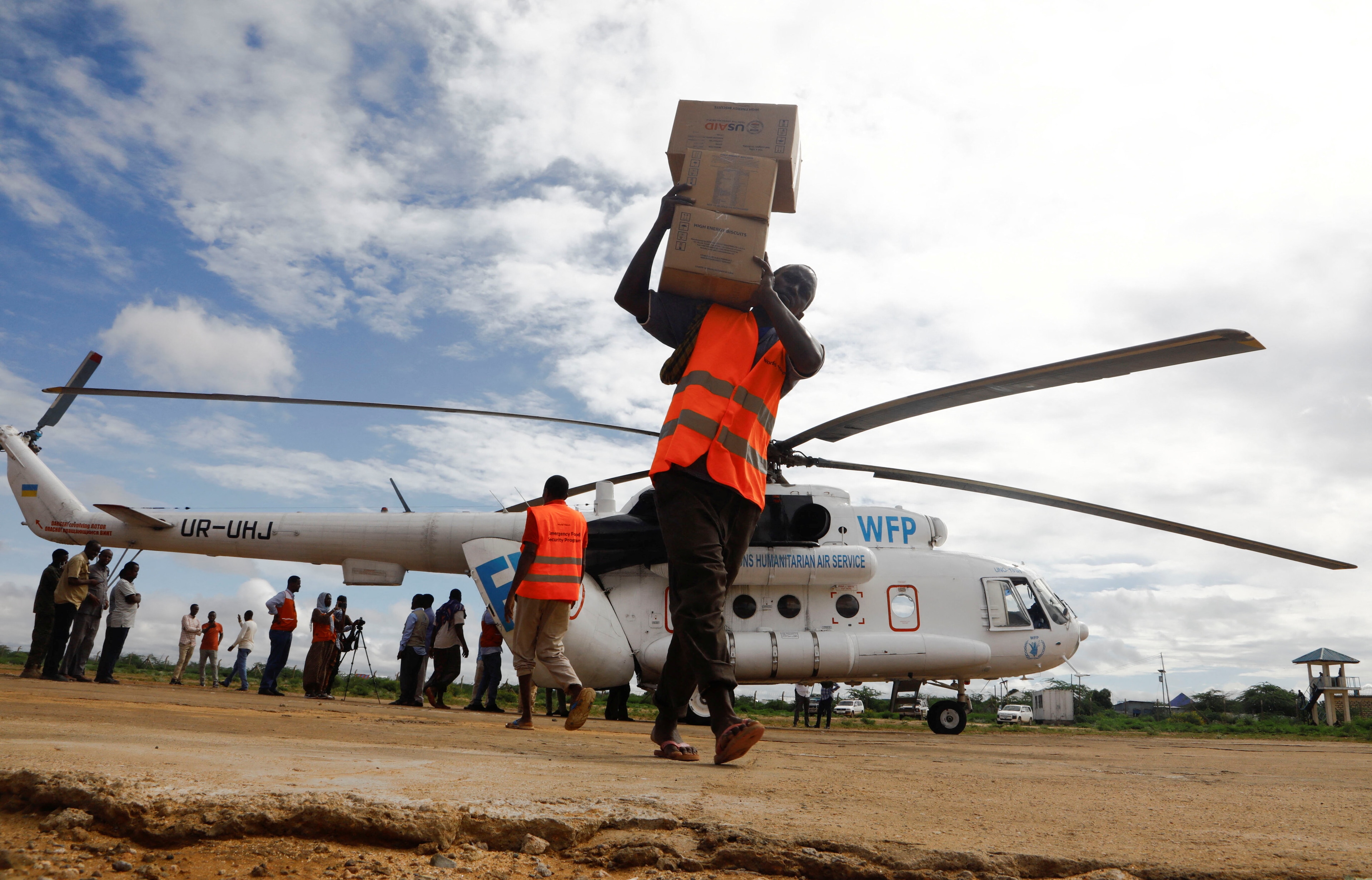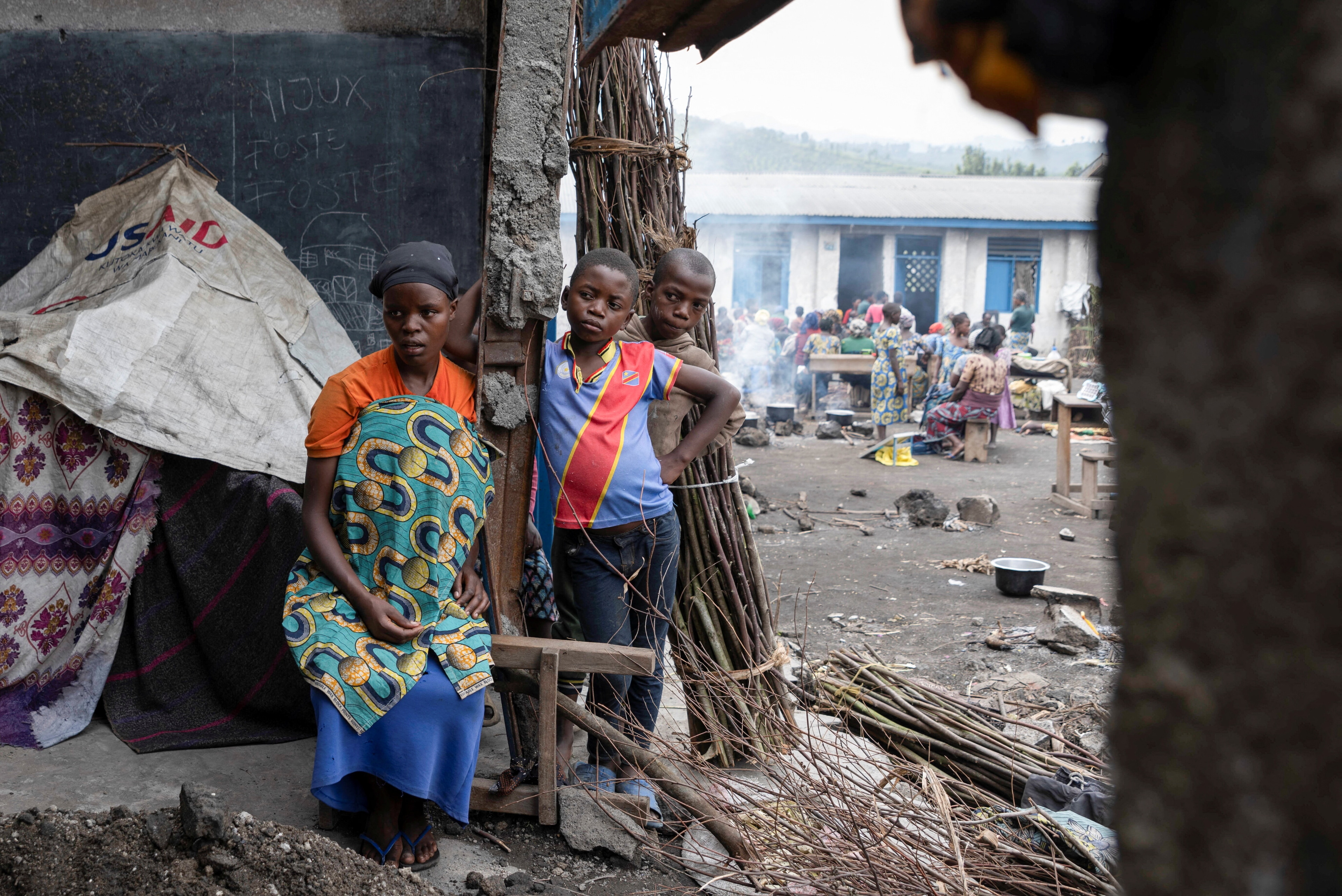A world of pain in three stories. This is the refugee crisis today

Facing the crisis: A Rohingya family living in a refugee camp in Bangladesh
Image: ©UNHCR/Andrew McConnell
Stay up to date:
Migration
The scale of a humanitarian crisis is often expressed in statistics, but it is better measured in the lives and fates of real people.
Real people like Darlys, a Venezuelan mother of a seven-year-old boy with severe kidney disease, who escaped the economic hardship and insecurity of her home country in search of medical help, only to end up on the streets of the Colombian city of Maicao.
Or Betty, who fled South Sudan with her four children and two of her nieces to Bidi Bidi refugee camp in Uganda. Along the way she came across six more children, unaccompanied and hiding in a burnt-out car, and took them under her wing. With no one else for them to turn to, Betty has become their foster mother.
Or Myshara, a 13-year-old Rohingya girl and aspiring teacher whose education came to an abrupt standstill when she, like hundreds of thousands of others, ran from the violence in Myanmar. Today, as she shelters in the world’s largest refugee settlement, in Bangladesh, Myshara helps to lead a project designed to bolster other children's mental health as they come to terms with the terrible losses they have endured.
These are people whose lives, hopes and ambitions have been shattered by conflict, persecution, poverty and instability. Some have managed to recover and rebuild, or have at least begun that process. Many more still struggle in the face of harsh conditions, inadequate resources and what must seem to them to be an indifferent and sometimes hostile world.
But the latest statistics, revealed in UNHCR’s annual Global Trends report, published today, also tell a story. Worldwide, the number of forcibly displaced people surpassed 70 million in 2018 – double the level of 20 years ago – including 25.9 million refugees, the highest level yet recorded. The story behind these figures is one of a failure to prevent conflict, promote tolerance and lay the foundations for lasting peace – a crisis of political leadership that has resulted in the numbers of refugees growing year after year, setting new and unwanted records.

Some people have been driven from their homes only recently, such as the millions of Venezuelans who have flowed into numerous other countries in southern and central America. Other conflicts have lasted decades – witness, for example, the millions of Afghans who have been uprooted over the past 40 years. And with about half of all refugees under the age of 18, the legacy of violence and poverty stretches across generations.
No one can resolve this issue on their own. But if the ministers and heads of state, the senior executives, entrepreneurs, influencers and others who come together at the World Economic Forum were to act in concert – as many already are – we can find the solutions we need.
Businesses and governments could make a start with some long-term investments in the education of refugees. Not only is education a fundamental human right, it is a sustainable, practical method of increasing self-reliance and independence, and it creates a larger and more talented pool of future employees. Access to education means everything from more schools and more qualified teachers to scholarships, internships, and apprentice and training programmes. It also means integration with official education systems to ensure recognised and viable qualifications.
Secondly, employment. Allowing entry to labour markets, creating jobs and fostering economic activity are ways in which businesses and governments can have a huge positive impact on refugees’ economic, social and mental well-being. If refugees left their work and income streams behind when they fled for their lives, they brought their skills, knowledge and experience with them.
Such actions would dovetail perfectly with the Global Compact on Refugees, the new international framework that sets out ways we can make responsibility-sharing more predictable, effective and equitable. They would be considerably boosted by more employment and educational visas, vastly improved efforts on relocation, and safer, reliable pathways for refugees to move out of danger.
Many admirable examples already exist of individual generosity, private-public partnerships and schemes by local communities in the areas of labour and education. The challenge now – given the ever-increasing number of refugees – is to persuade governments and business to put these endeavours on a global scale.
Of course, the best solution for any refugee is to return home safely, voluntarily and with the necessary support to rebuild their communities. Yet in 2018, only 600,000 refugees were able to do so, a number dwarfed by the tens of millions in exile. While the international community must never lose sight of the need to create the conditions that would allow refugees to go home, it must also find ways of helping them adapt to the new circumstances that were forced upon them – and in the process to give them hope, dignity and purpose. That includes giving vital support to the communities who host refugees, often in regions where jobs, resources and money are already in short supply.
The scale of the forced displacement of human beings is one of the great challenges of our age. We can rise to it – but only if we act together.
Don't miss any update on this topic
Create a free account and access your personalized content collection with our latest publications and analyses.
License and Republishing
World Economic Forum articles may be republished in accordance with the Creative Commons Attribution-NonCommercial-NoDerivatives 4.0 International Public License, and in accordance with our Terms of Use.
The views expressed in this article are those of the author alone and not the World Economic Forum.
Forum Stories newsletter
Bringing you weekly curated insights and analysis on the global issues that matter.
More on Resilience, Peace and SecuritySee all
Naoko Tochibayashi
July 28, 2025
Vanina Farber
July 21, 2025
Robert Piper
July 17, 2025
Resilience roundtable: How emerging markets can thrive amid geopolitical and geoeconomic uncertainty
Børge Brende, Bob Sternfels, Mohammed Al-Jadaan and Odile Françoise Renaud-Basso
July 9, 2025
Kate Whiting
June 19, 2025
Alejandro De Quero Cordero and Giorgio Parolini
June 6, 2025






